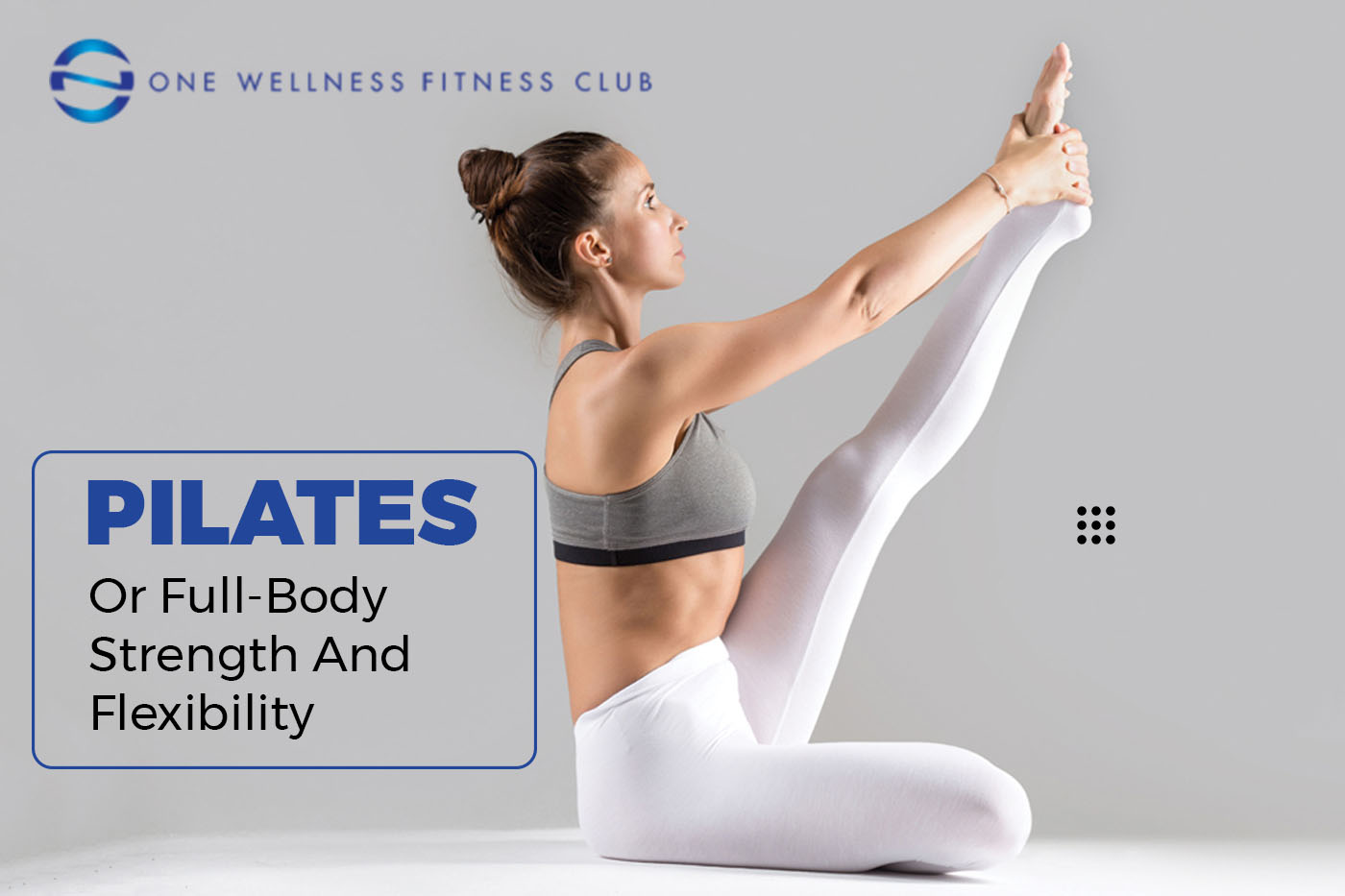For people with asthma, even simple tasks can sometimes feel like a struggle due to airway constriction and breathlessness. However, there’s a natural practice that can offer gentle yet powerful support: yoga. Yoga incorporates physical postures (asanas), breathing exercises (pranayama), and meditation to promote relaxation, improve lung function, and manage stress – all factors that can significantly benefit those living with asthma.
Here are 6 yoga poses you can incorporate into your routine to experience the breath-easing magic of yoga:
1. Sukhasana (Easy Pose):

- How to do: Sit comfortably on the floor with your legs extended in front of you. If sitting on the floor is uncomfortable, you can sit on a folded blanket or chair. Gently fold your legs inwards, placing the soles of your feet together. Rest your hands on your knees with palms facing down. Lengthen your spine and maintain a gentle gaze forward.
- Benefits: This basic seated pose promotes relaxation and deep breathing. It allows you to focus on your breath and become more aware of your body’s sensations.
2. Cat-Cow Pose (Marjaryasana-Bitilasana):

- How to do: Come onto your hands and knees, positioning your hands shoulder-width apart and your knees hip-width apart. As you inhale, arch your back, dropping your belly towards the floor and looking up (cow pose). As you exhale, round your back, tucking your chin to your chest and engaging your abdominal muscles (cat pose). Coordinate the movement with your breath, inhaling as you arch and exhaling as you round.
- Benefits: This dynamic sequence gently stretches and strengthens the spine, improving flexibility and lung capacity. It also promotes diaphragmatic breathing, a more efficient way to breathe that can help manage asthma symptoms.
3. Seated Spinal Twist (Ardha Matsyendrasana):

- How to do: Sit on the floor with your legs extended in front of you. Bend your right knee and place your right foot flat on the floor outside your left hip. Tuck your left foot under your right buttock. Inhale and lengthen your spine. As you exhale, gently twist your torso to the right, placing your right hand behind you and your left hand on your right knee. Look over your right shoulder. Hold for a few breaths, then repeat on the other side.
- Benefits: This twist opens the chest and stretches the back and shoulders, improving lung capacity and easing tightness that can exacerbate asthma symptoms. It also promotes detoxification and stress reduction.
4. Bridge Pose (Setu Bandhasana):

- How to do: Lie on your back with your knees bent and feet flat on the floor, hip-width apart. Inhale and lift your hips off the ground, pressing your feet firmly into the floor. Interlace your fingers beneath your body for support. Hold for a few breaths, then slowly lower your hips back down as you exhale.
- Benefits: Bridge pose strengthens the back and core muscles, which can improve posture and support deeper breathing. It also opens the chest cavity, allowing for better lung expansion.
5. Child’s Pose (Balasana):

- How to do: Kneel on the floor with your toes together and knees hip-width apart. Sit back on your heels and rest your forehead on the floor in front of you. Extend your arms out in front of you, palms facing down. Relax your entire body and breathe deeply.
- Benefits: Child’s pose is a gentle, restorative posture that promotes relaxation and stress reduction. It allows for deep, diaphragmatic breathing and calms the nervous system, which can be helpful during an asthma attack.
6. Savasana (Corpse Pose):

- How to do: Lie on your back with your arms at your sides and palms facing up. Close your eyes and allow your entire body to completely relax. Focus on your breath and let go of any tension.
- Benefits: Savasana allows for deep relaxation and integration of the benefits of your yoga practice. It promotes mindfulness and stress reduction, which can be crucial for managing asthma symptoms.
By incorporating these yoga poses into your routine and focusing on deep, mindful breathing, you can experience improved lung function, reduced stress, and a greater sense of well-being – all while supporting your asthma management journey.


